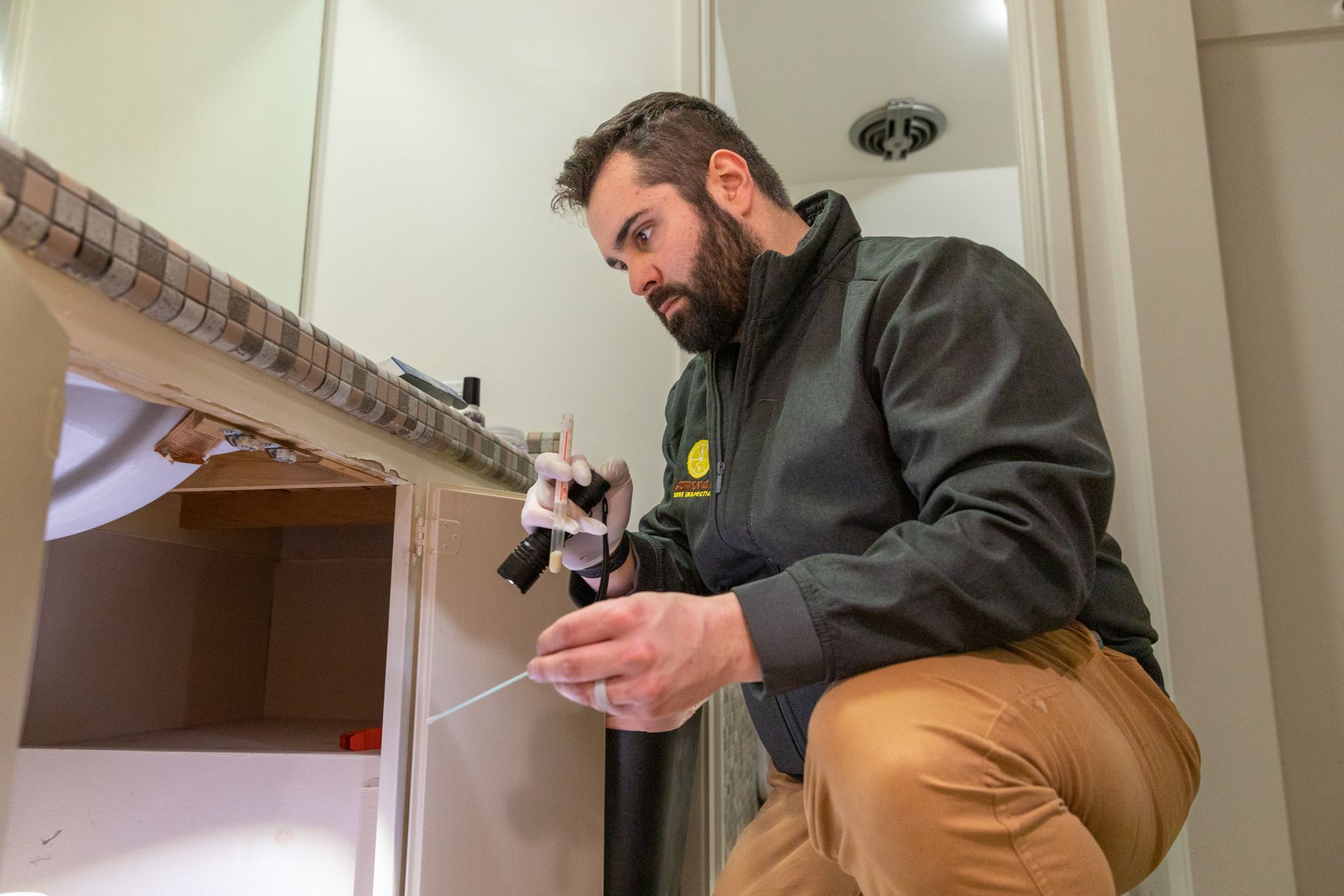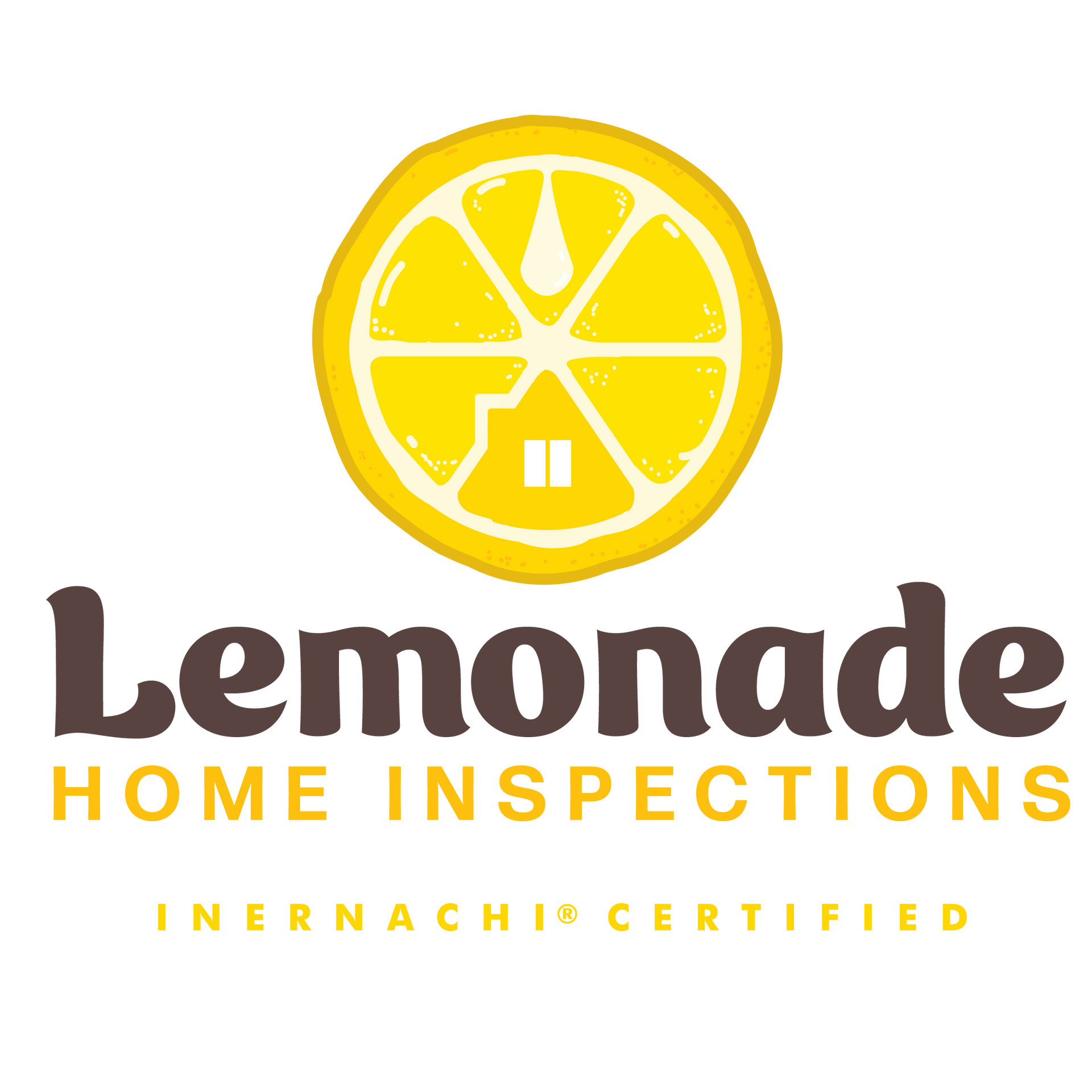Buying or selling a home in Ohio? Understanding the common issues during home inspections can help you prepare for the process and avoid surprises. Ohio’s unique climate—with humid summers, freezing winters, and seasonal rainfall—combined with its soil composition, means certain issues are frequently discovered by home inspectors across the state. Here’s a rundown of the top 10 most common home inspection findings in Ohio homes and what they mean for buyers and sellers.
1. Foundation Cracks and Settling
Ohio’s soil composition, particularly clay-heavy soil in certain areas, can expand and contract with moisture changes, leading to foundation issues. Inspectors often find small cracks, which can be normal, but larger or widening cracks might indicate a more severe issue with settling or shifting.
Why It Matters: Foundation issues can be costly to repair and might impact the home's structural integrity. Small cracks are often manageable, but a professional should address large or horizontal cracks.
2. Basement Water Intrusion
Many Ohio homes have basements, and with the state’s frequent rain and snowmelt, water intrusion is a common problem. Inspectors often find evidence of past flooding, dampness, or mold growth in basements.
Why It Matters: Water intrusion can lead to mold growth, damage to belongings, and structural issues. Proper grading, gutter maintenance, and sump pumps can help prevent these issues.
3. Roof Damage
Ohio’s variable weather can be tough on roofs. During inspections, it’s common to find missing, cracked, or curling shingles, particularly on older roofs. Hail damage, ice dams, and improper ventilation are also frequently noted issues.
Why It Matters: Roof problems can lead to leaks and water damage inside the home. Regular roof maintenance and timely repairs can prevent costly fixes down the line.
4. Electrical System Issues
Inspectors often find outdated electrical systems in older Ohio homes, such as knob-and-tube wiring, ungrounded outlets, or overloaded breaker panels. Modern safety standards require grounded outlets and adequate electrical capacity for today’s appliances.
Why It Matters: Electrical issues, including fire hazards, can pose serious safety risks. Updating the electrical system is essential for safety and can make the home more functional.
5. Plumbing Leaks and Corrosion
Ohio’s cold winters can be hard on plumbing. Inspectors frequently find leaks under sinks, around toilets, or near water heaters. Corrosion on older pipes, particularly in homes with galvanized plumbing, is also a common discovery.
Why It Matters: Leaks and corroded pipes can lead to water damage and mold growth. Updating plumbing components or replacing older pipes can prevent these issues.
6. HVAC System Concerns
Ohio’s climate demands efficient heating and cooling systems, yet inspectors often find issues with HVAC systems. These can include poor maintenance, dirty filters, and older units nearing the end of their lifespan.
Why It Matters: An inefficient or outdated HVAC system can lead to higher energy bills and an uncomfortable living environment. Regular servicing and timely replacement can keep these systems running efficiently.
7. Window and Door Sealing Issues
Ohio homeowners often experience drafts due to poorly sealed windows and doors, especially in older homes. Inspectors commonly find gaps, cracked caulking, and worn weather stripping, all of which can let in cold air during winter and warm air during summer.
Why It Matters: Poorly sealed windows and doors affect energy efficiency, leading to higher heating and cooling bills. Sealing gaps, replacing weather stripping, and updating windows can help improve insulation.
8. Mold and Mildew
High humidity levels in Ohio, particularly during summer, can lead to mold and mildew in damp areas like basements, bathrooms, and windows. Inspectors often find signs of mold growth in poorly ventilated or consistently damp areas.
Why It Matters: Mold can pose health risks, particularly for individuals with respiratory issues or allergies. Proper ventilation, moisture control, and dehumidifiers can help prevent mold growth.
9. Poor Drainage and Grading
Inspectors often find that homes in Ohio have poor drainage or grading around the foundation, allowing water to pool near the house. This can lead to basement flooding, foundation cracks, and other moisture-related issues.
Why It Matters: Water pooling around the foundation can cause long-term damage to the home. Proper grading, gutter maintenance, and downspout extensions can help keep water away from the foundation.
10. Attic Insulation and Ventilation Issues
Adequate insulation and ventilation are essential in Ohio’s climate to keep homes warm in the winter and cool in the summer. Inspectors frequently find insufficient attic insulation, ventilation issues, or signs of moisture buildup.
Why It Matters: Poor insulation and ventilation can lead to higher energy bills, uncomfortable living conditions, and even roof damage due to ice dams. Improving insulation and ventilation can significantly affect comfort and energy efficiency.
Conclusion
Ohio homeowners and homebuyers should be aware of these common inspection findings, as they’re frequently encountered due to the state’s climate, soil conditions, and aging housing stock. Regular maintenance and proactive repairs can prevent many of these issues, and understanding what to expect in an inspection report can help you plan for necessary improvements. Whether buying, selling, or maintaining your Ohio home, addressing these common concerns can protect your investment and ensure a safe, comfortable living environment.




